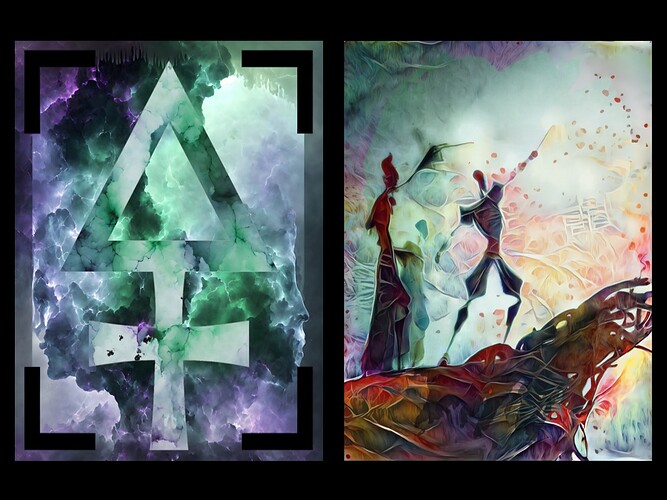So… I’ve now been with the brothers for a full spin of the seasons, with seasons within themselves. Of digesting and transforming, decaying and fertilizing, bursting and blooming. Just now, recently, along with many realizations that all seem so delicately woven, the grand of the three alchemical primes realizes into blossom in fruition.
This NFT, just as it’s topic, is so vast, grand and ovoidal all at the same. That just kind of wrote itself but hold the gold. To boil down the intricate and ever-revealing experiences would be to write an opus of a memoir in the memorial living. But once again, the mem as in fluid holds the ori as in light. And this NFT unfolds just as such, alchemical memories of memorial alchemies, of the fluid shine.
I reach for this combo to influence pretty much every (Alchemical) stack recently and presently
With the latest release of Tejas, I was thrown back into the fixidity of mercurial sulfur. Sul- has been the guide of the volcanically eruptive spring from beneath the prime-naval navel.
Before the emerge of this masterpiece of NFT, I was introduced in the topic primarily due to the scholaring of Schwaller de Lubicz, having digested most of his works, which beautifully weaves the alchemical triad with on extensive alchemical on-site reading (coming to inspire the revived design of Temple of Luxor NFT), etc etc.
I came across this extract of some of the works done of the above mentioned, which beautifully enliven the alchemical pursuit even preceding that which Paracelsus phrased in the reliving, an Alchemical living as in being.
Below is extracted from The Call of Fire: The Hermetic Quest of René Schwaller de Lubicz — Ars Hieratica
GLASS STAINED IN ITS MASS
WITH THE VOLATILE SPIRIT OF METALS

North Rose Window of Cathédrale Notre-Dame de Paris. The stained glass of the oldest gothic cathedrals was believed by the alchemists of the Parisian alchemical revival to have been coloured using esoteric methods lost to the modern world. Between 1913 and 1932, Schwaller and Champagne worked exclusively on achieving these mysterious blues and reds. Their efforts pivoted firstly on the animation and isolation of the volatile spirit of metals, and secondly on marrying this sulphuric lustre to a body of molten glass. Panoramic photograph, Julie Anne Workman, 2010.
Basing himself on ideas that had been with him since Matisse, and inspired by a mysterious manuscript that Champagne allegedly found in a volume of Newton’s alchemical writings (and which Schwaller claimed was influenced by Goethe’s Farbenlehre ), de Lubicz developed an intriguing colour theory as a symbolic key to the work on stained glass. For Schwaller (and Goethe), colour is essentially a ‘neutralisation reaction’ between an ‘acid’ (light) and a ‘base’ (darkness) forming a ‘salt’ (the colour phenomenon). Into the Goethean paradigm, however, in which every colour evokes its complement to provide an essentially symmetrical system (red/green, orange/blue, yellow/violet), Schwaller brought the ‘vexing presence of indigo’ to reconstitute the Newtonian septenary—and thus the traditional Hermetic correspondences to the planetary metals. This sevenfold system enabled Schwaller to explore the relationship between the three alchemical principles (sulphur, mercury, salt) and the four elements (fire, air, water, earth) in a way that visually demonstrated the participation of the corporeal in the non-corporeal.
Inverting traditional colour-mixing theories, Schwaller not only identified the composed colours (orange, green, violet) as the three primaries (sulphur-mercury-salt), he defined the ‘pure’ colours (red, yellow, blue) as secondaries. He then added indigo as a fourth secondary and placed it in an anomalous position after violet to suggest that violet decomposes not into blue and red, as would be expected, but into blue and indigo.
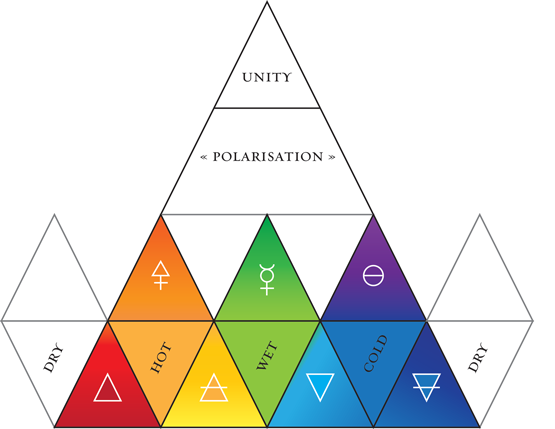
The alchemical colour theory of René Schwaller de Lubicz. In the Hermetic tetraktys, unity divides itself into the primordial polarity of warmth (red-orange-yellow) and coldness (blue-violet-indigo), which merge to form the temperate colours (yellow-green-blue). The interaction of the two poles creates the primordial triads of the alchemical tria prima—sulphur, mercury, salt—(orange, green, violet). The interaction of the triads forms the four elements—fire, air, water, earth—(red, yellow, blue, indigo). Diagram by A. Cheak.

The alchemical triads: sulphur, mercury, salt. Each triad is headed by a principle (composed colour) that is the synthesis of two non-composed, elemental colours: sulphur (red-orange-yellow); mercury (yellow-green-blue); and salt (blue-violet-indigo). The first two triads are in a sense ‘perfect’: the principial colour is in fact the proper mean term between the elemental colours: red + yellow = orange; yellow + blue = green. But the third triad presents an anomaly: it ‘should’ be blue + red = violet. The red that ‘should’ be there—the impulse that is equivalent to the culminating note of the octave, is not there. Indigo is. Diagram by A. Cheak, 2014.
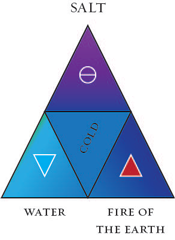
Indigo’s secret fire. The fire that must be joined to water in the alchemical opus is to be found not in ordinary fire (under sulphur), but in the fire of the earth, under the ægis of salt. This mysterious lustre, this ‘call of fire’, is the arcanum that links the end of the spectrum to its beginning. Diagram by A. Cheak.
Schwaller’s whole point with this anomaly centres on his insistence that indigo is not a simple melange of blue and violet, as would be expected from its ordinary position in the spectrum. ‘Indigo is indigo’; it has a ‘sombre luminosity unlike any blue’.[48] The red fire sought at the end of the colour octave is actually hidden inside indigo, inside the element ‘earth’. This ‘fire of the earth’ is no less than the ‘secret fire’ that the alchemists constantly sought, the fire that they strove to unite with water in the great coincidentia oppositorum. In the metallurgical work, this fire indicates the lustre of the metal, which they likened to a sulphuric seed. The fiery metallic seed had to be first dissolved and animated by placing it in a mineral womb. Thus awakened, the metallic ‘spirit’ was then isolated, and finally married to the purified mercurial ‘body’ of the metal, to create the alliance of fire and water. Just as sulphur coagulates mercury to form a crystalline salt (cinnabar), so too does the seed of metals coagulate the unformed mercurial matter into a specified metallic entity. Depending on whether the metallic spirit was ‘masculine’ or ‘feminine’, this would result in alchemically pure silver or gold. In the stained glass œuvre, however, the alchemist sought to capture the volatile spirit of the metal not in a purified metallic body, but in a body of moltenglass. To this it imparted the sombre blues and ruby reds of the famous Gothic cathedrals.
The operative details of the œuvre appear to hinge on a process closely related to ruby-gold glass, an extremely refined technique dating as far back as Roman times but known since the seventeenth century as ‘Purple of Cassius’. Ruby-gold glass is now understood as a form of colloidal gold—a solution of gold nanoparticles dispersed in a solid medium. As Hereward Tilton points out in his lucid study of the alchemy of ruby glass, colloidal gold was a tightly-guarded trade secret in alchemy, and its production was intimately linked to the alchemical method of dissolving gold using ‘royal water’ (aqua regia or Königswasser, a mixture of nitric and hydrochloric acids able to dissolve the royal metals).[49] The chloroauric acid solution that resulted from the dissolution of gold in aqua regia could be reduced with the aid of tin, creating a distinct purple colour in the process. Precipitation of the solution into a red crystalline gold salt was obtained through a reaction between gold chloride and tin chloride, creating a powerful powdered pigment or tincture (compare the Greek xērion, ‘powdered elixir’, whence Arabic al-iksir). Alchemically speaking, this process renders the metal ‘open’, and it was this awakened or enlivened gold in the form of precipitated gold salts—alchemically dissolved and vivified through aqua regia—that corresponded to the spirit or ‘fixed sulphur’ of the metal. When added to glass in its molten state, the red-purple gold powder permeated the mass with nanoparticles of gold, creating a colloidal solution; when the glass was cooled and reheated, the nanoparticulated gold was ‘activated’, thus transfiguring the glass into a brilliant ruby-red hue.
In connection to Purple of Cassius, there is a revealing scene in VandenBroeck’s memoir in which Schwaller, in an unusually exuberant gesture, takes his reluctant disciple to his laboratory at Plan-de-Grasse to show him ‘real gold’. This, Schwaller specifies, is not the ‘dead body in the coin’, but ‘live gold’, the metal ‘as it is in the mine’. Red in the mass and softer than graphite, it appeared ‘quite golden’ when spread thinly on the finger. The presence of a powdered, living red gold in Schwaller’s laboratory is thus a key indication that a tincture derived from (or at least similar to) Purple of Cassius is integral to the glass œuvre that he completed at Plan-de-Grasse with Jean-Julien Champagne.
SYMBOLIST EGYPTOLOGY AND THE TEMPLE OF MAN
Continuation: Temple of Luxor NFT
![]()
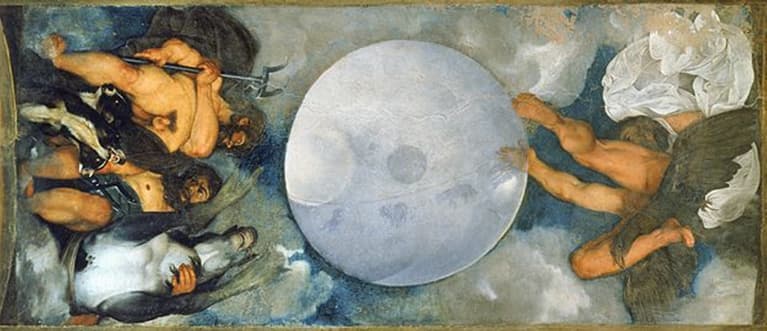
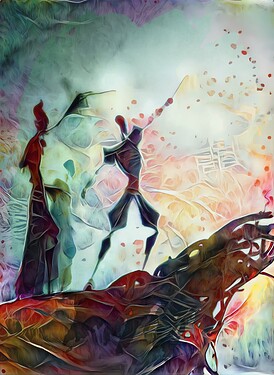
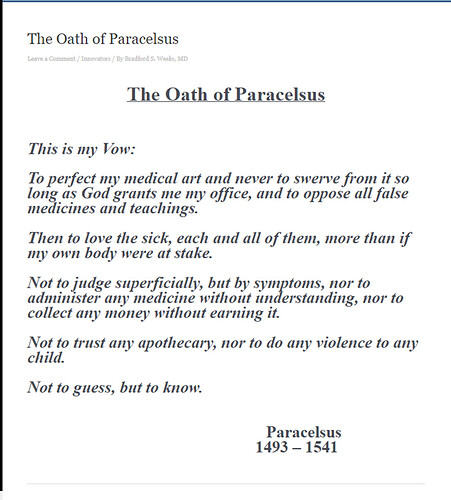


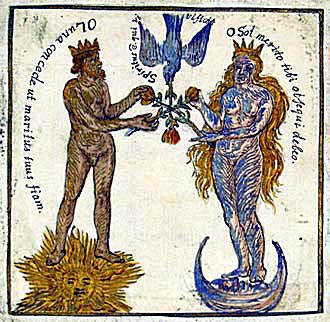
 These characterizations may help you in your interactions with the Brothers. For convenience, I’ve also included this under the reference section of the main post above. Having said that, I’m happy to read on others’ experiences with the Brothers.
These characterizations may help you in your interactions with the Brothers. For convenience, I’ve also included this under the reference section of the main post above. Having said that, I’m happy to read on others’ experiences with the Brothers.



